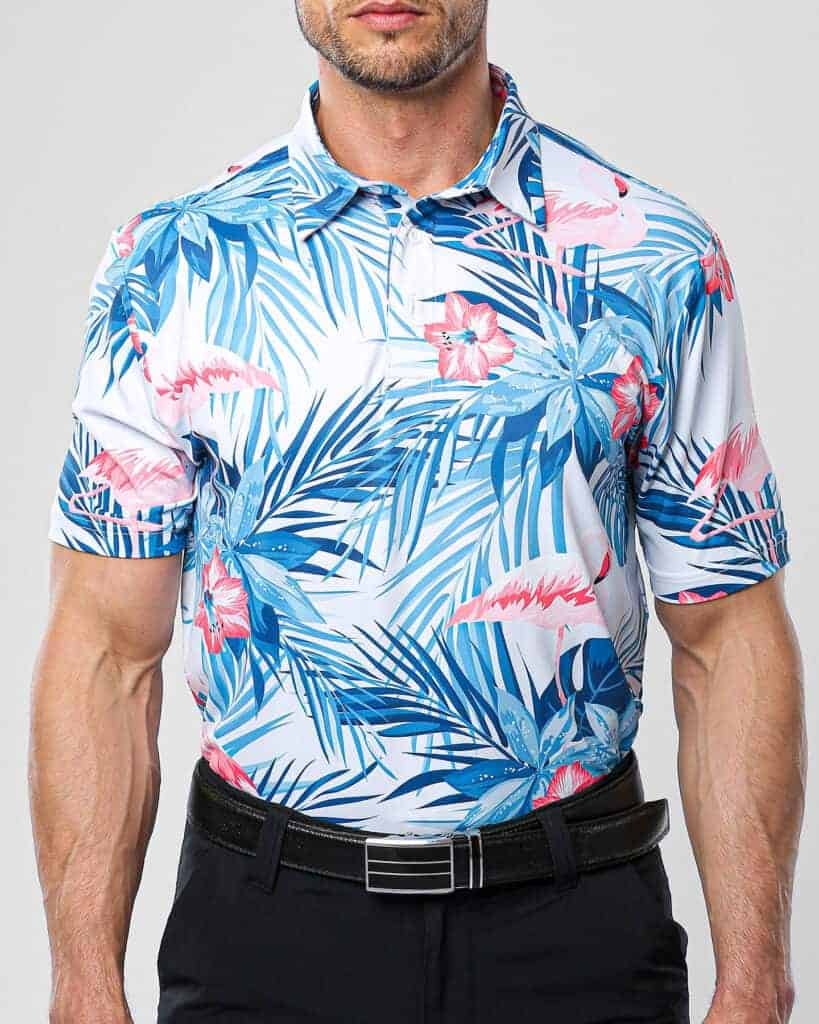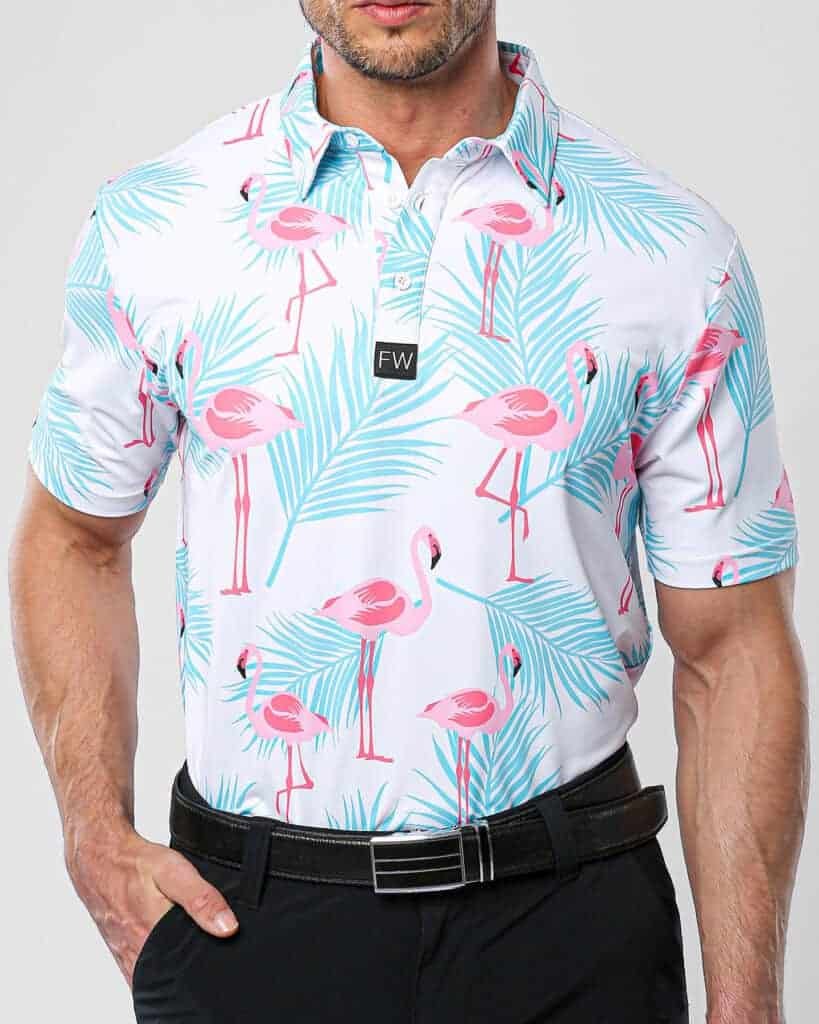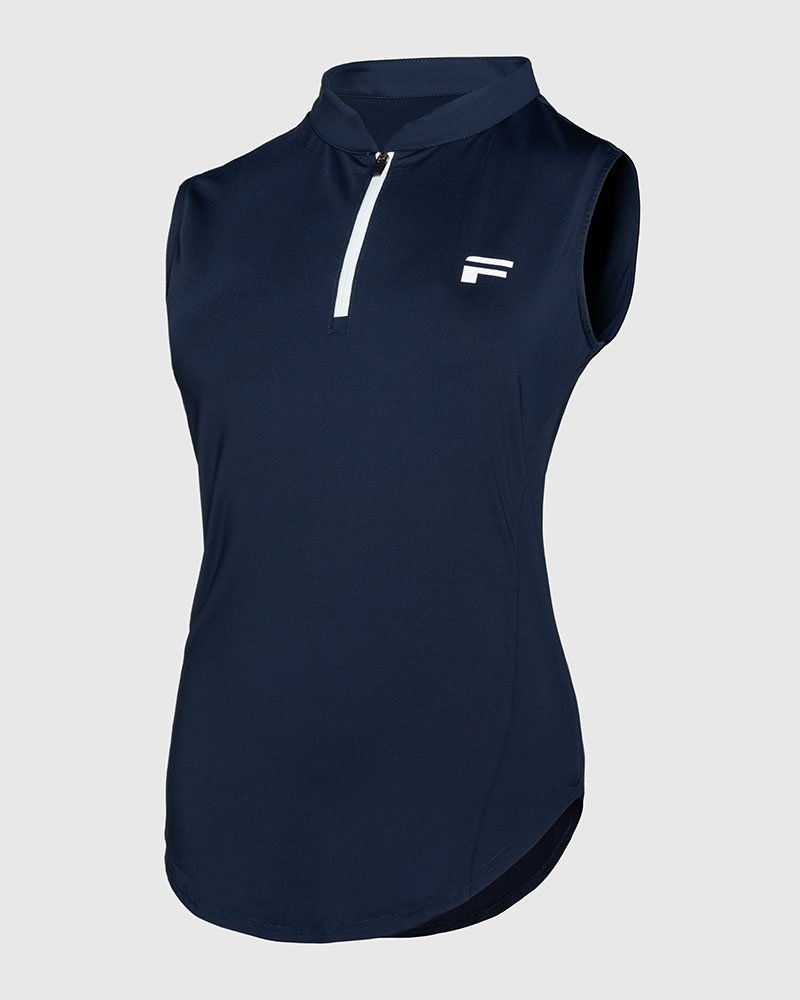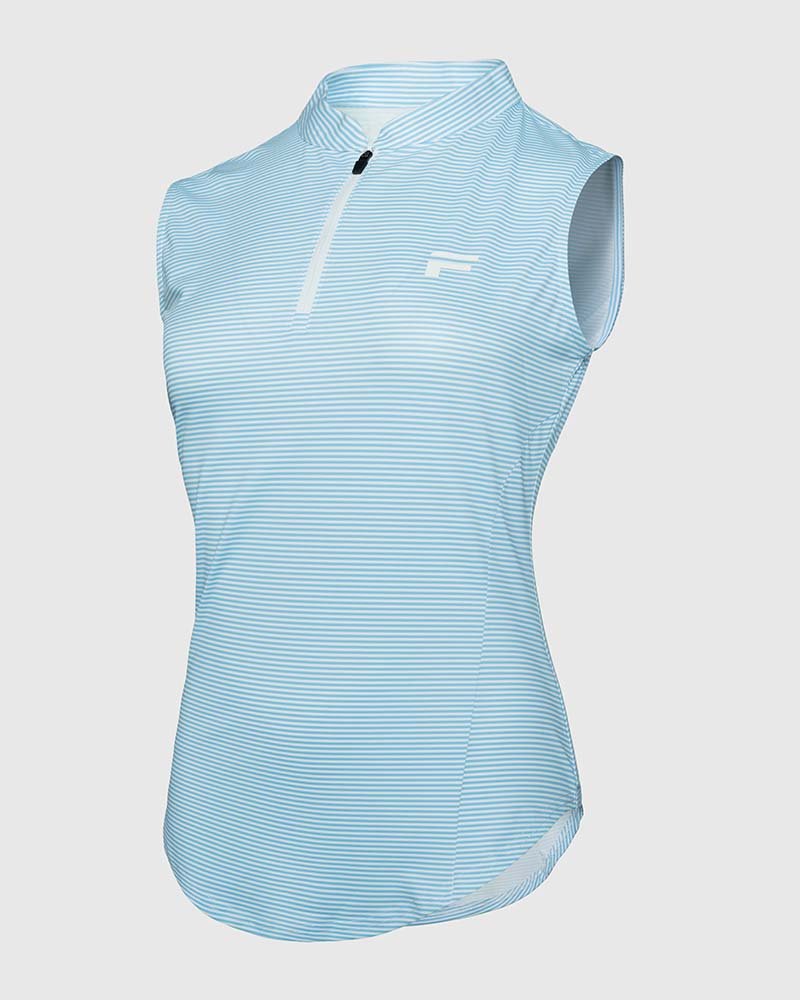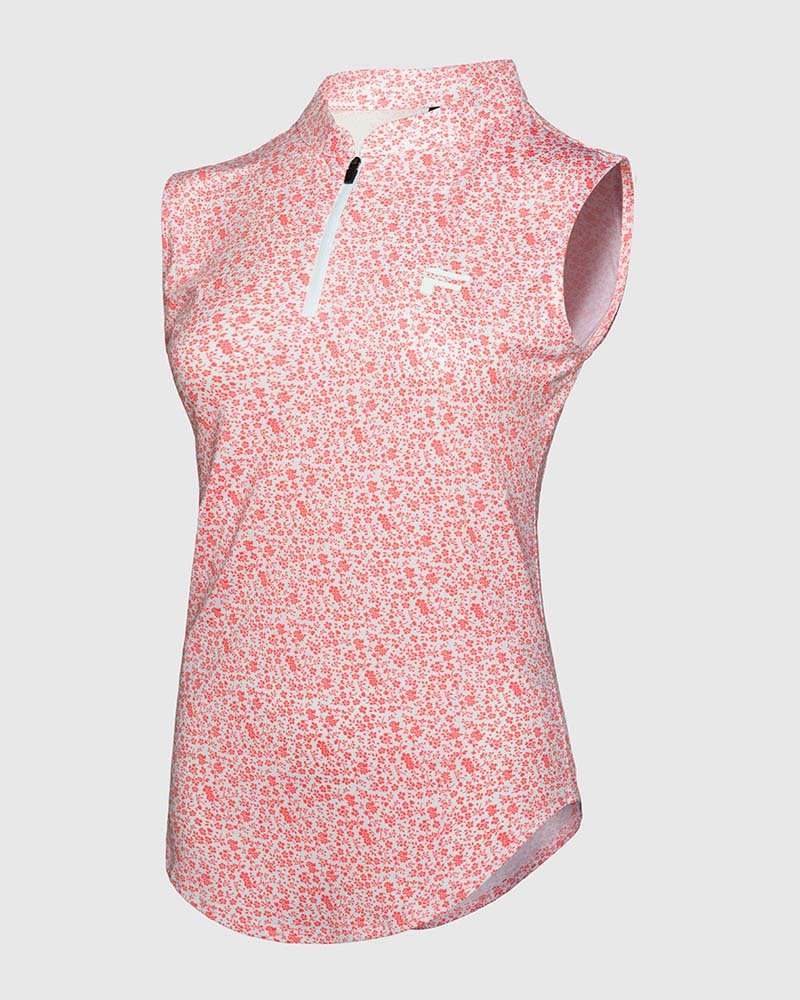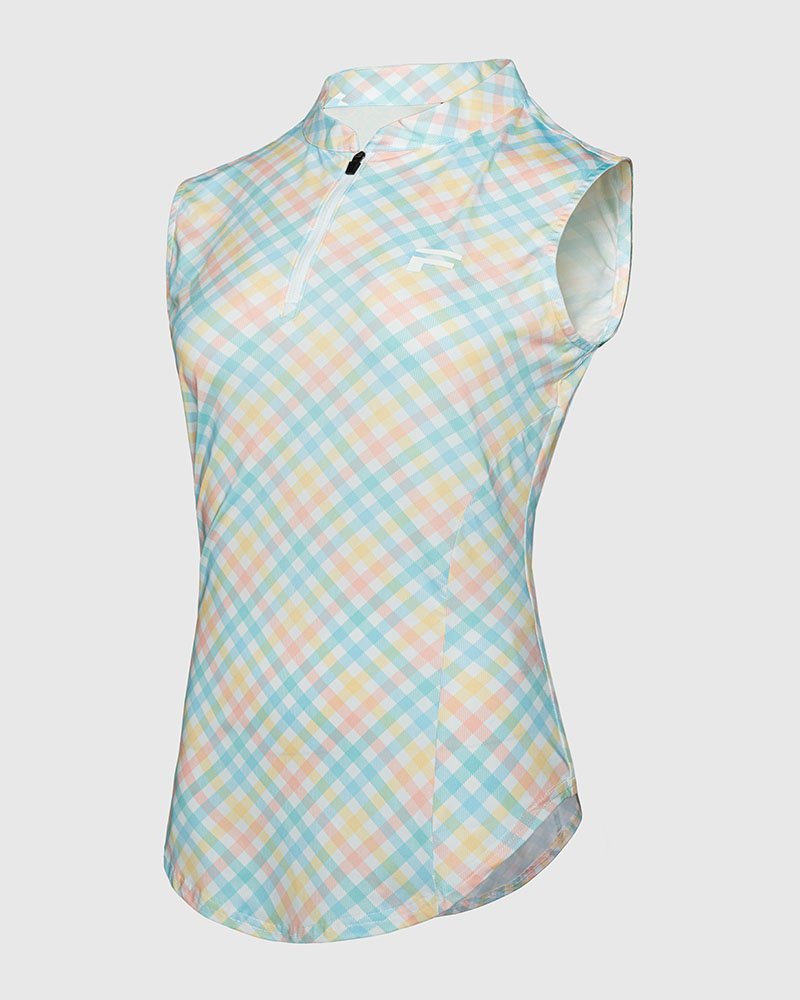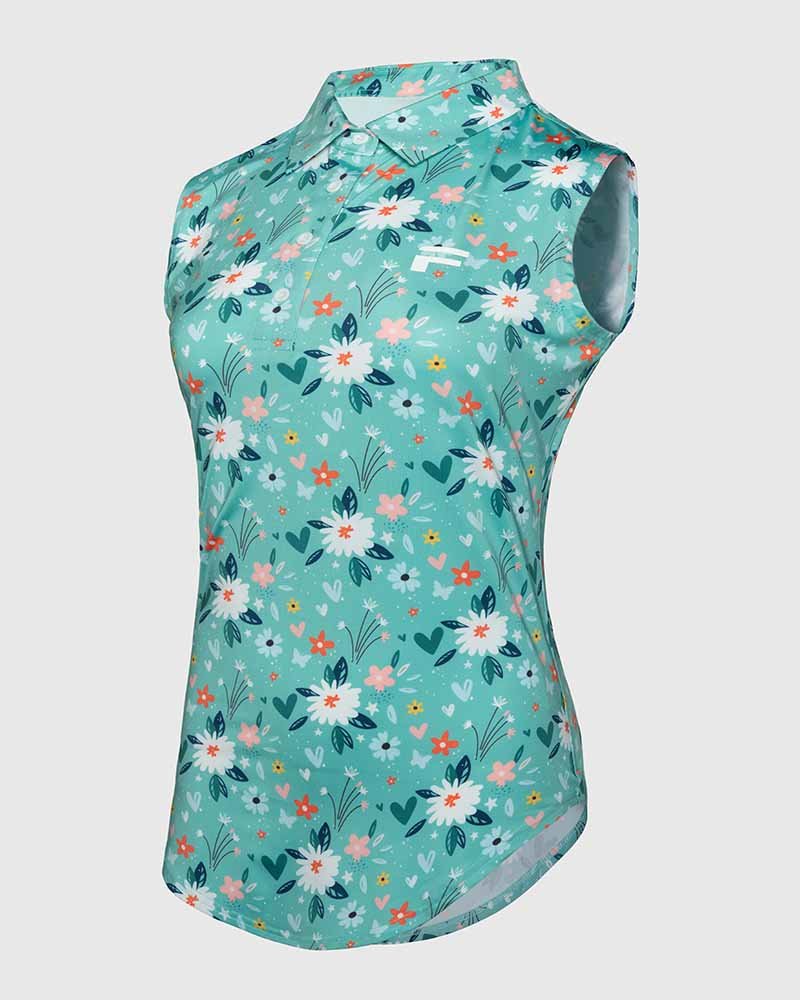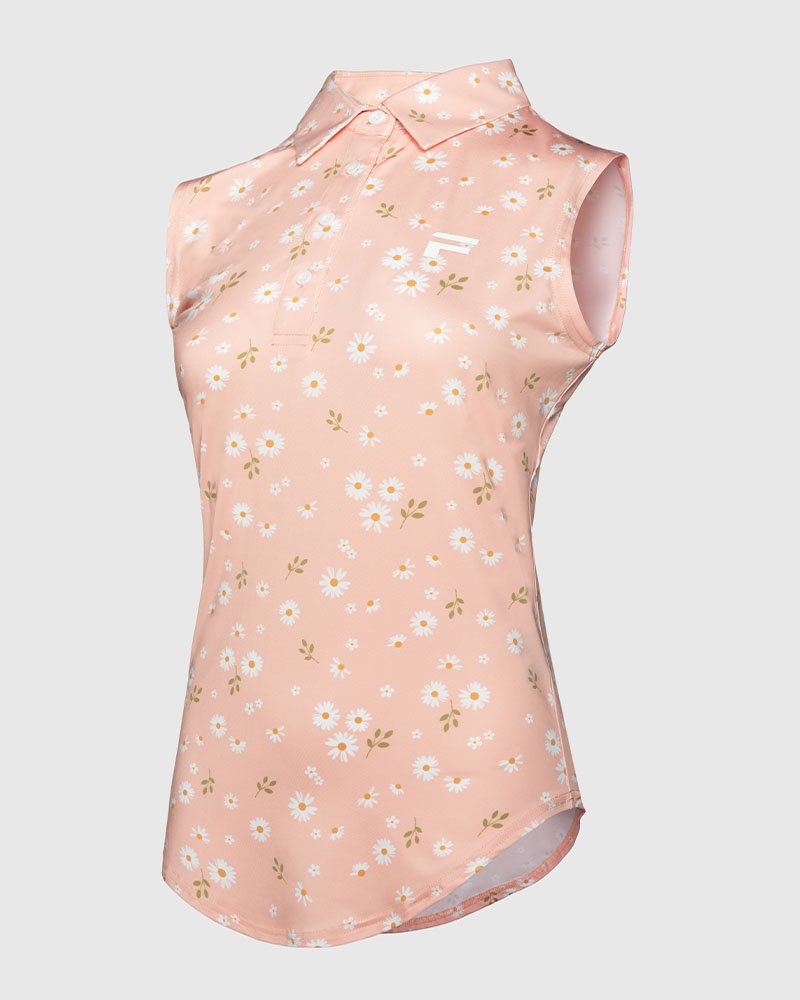Your designs are great, but the market is crowded. Without a strong brand, you're just another shirt. Building a memorable brand identity is the key to connecting with golfers.
Building a strong golf apparel brand involves more than just a logo. You need to define your unique story, choose materials that reflect your quality, and create a consistent visual identity. This strategy turns your custom apparel into a statement, not just clothing.

I've seen countless brands start with passion, just like you. I started in a small textile factory myself, learning every step of the process. That experience taught me that branding goes much deeper than just a cool name. It's about the promises you make and keep with every single piece of clothing. It all starts with understanding what makes your brand different from all the others on the course. We're going to break down the essential steps to create that powerful brand identity.
What Makes a Golf Apparel Brand Truly Stand Out?
The golf apparel market feels saturated with similar styles. Competing on price alone is a losing game. Your unique brand story is what will set you apart from the competition.
A brand stands out by having a clear Unique Selling Proposition (USP). This isn't just about design. It's about your core story, your target audience, and the specific problem you solve for them. This focus is what makes your brand unforgettable and builds true loyalty.
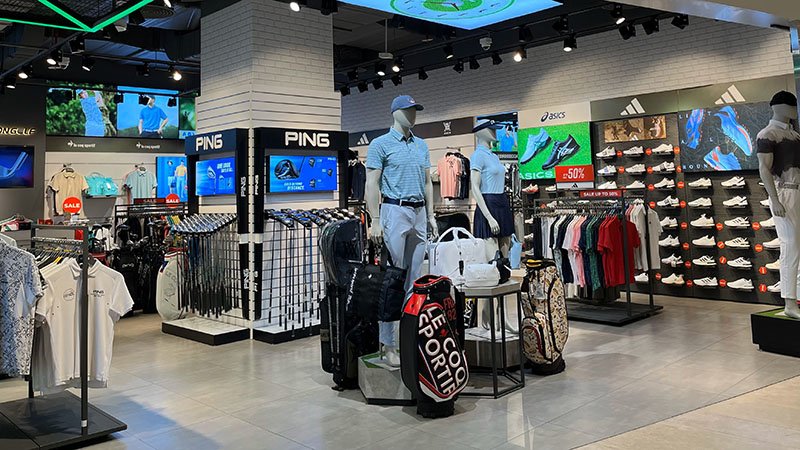
When I work with new brands, the first question I ask is, "Who are you selling to?" You can't be everything to everyone. A brand trying to appeal to both the traditional country club member and the modern, athletic golfer often fails to connect deeply with either. You need to define your niche. This clarity guides every decision you make, from fabric selection to marketing messages. The key is to find your unique angle in the market. I've seen brands succeed by focusing on sustainability, others on bold, expressive patterns, and some on pure athletic performance. Your USP is your promise to your specific customer.
Defining Your Niche
First, you must identify your ideal customer. Are they young, athletic golfers who value performance fabrics? Or are they fashion-conscious players who want to look good on and off the course? Once you know who you are talking to, you can build a brand story that resonates with them.
Crafting a Compelling Brand Story
Your story is what connects emotionally with customers. It could be inspired by your own golf journey, a local course, or a desire to bring a fresh look to the game. My story started with hands-on work in a textile factory. That gives my company, FUWAY, a foundation of expertise and craftsmanship. What's your foundation?
Comparing Brand Approaches
| Brand Focus | Target Audience | Key Message |
|---|---|---|
| Performance-Driven | Competitive, athletic golfers | "Engineered for your best game." |
| Lifestyle/Fashion | Style-conscious, modern players | "Look great from the first tee to the 19th hole." |
| Sustainable | Eco-conscious golfers | "High-performance apparel that's good for the planet." |
| Traditional | Classic, country club members | "Timeless style meets modern comfort." |
How Does Fabric Choice Impact Your Brand's Identity?
Customers can't feel the fabric online before they buy. Your brand's reputation for quality is on the line. Choosing the wrong material can lead to bad reviews and kill trust.
The fabric you choose is a direct reflection of your brand's promise. High-performance synthetics communicate athleticism and innovation. Premium cottons suggest classic comfort and luxury. Your material selection is a tangible part of your brand identity that customers will feel every time they wear your apparel.
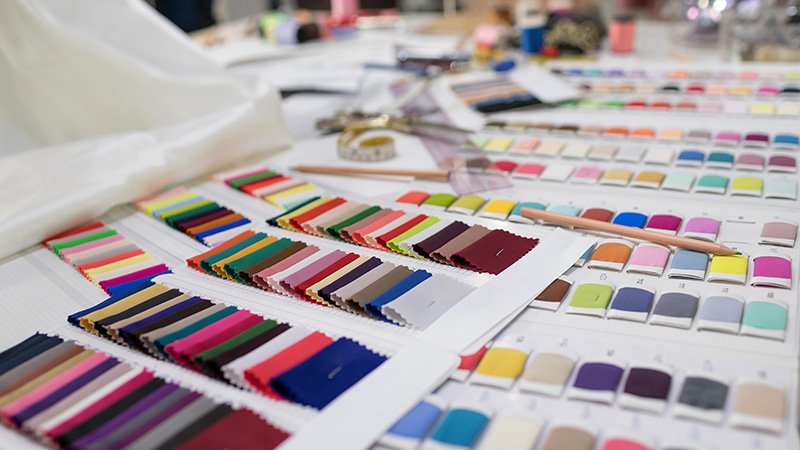
I have spent years touching and testing thousands of fabrics. I can tell you from experience that the feel of a garment is often what turns a one-time buyer into a loyal customer. When a golfer puts on one of your polos, the fabric is the first thing they notice. Does it feel cheap and stiff, or is it soft, stretchy, and breathable? This first impression confirms or contradicts your brand's message. If you brand yourself as a premium, high-performance line but use a basic, low-quality polyester, you break trust immediately. Aligning your fabric with your brand identity is not an option; it is essential for long-term success. It's an investment in the quality your customers can actually feel.
Matching Fabric to Brand Promise
Think about what you want your customers to experience. Comfort? Durability? Maximum breathability? Each fabric type sends a different message.
- Polyester/Spandex Blends: These are the standard for modern performance wear. They are great for brands focused on athletic movement, moisture-wicking, and durability. They say, "We are engineered for the modern golfer."
- Pima or Mercerized Cotton: These materials signal luxury, softness, and classic style. They are perfect for brands targeting a more traditional or lifestyle-oriented market. They say, "We value timeless comfort and quality."
- Recycled or Eco-Friendly Fabrics: Using sustainable materials makes a strong statement. It tells customers your brand is forward-thinking and socially responsible.
The Technical Details Matter
Don't just choose "polyester." Dig deeper into the specifics, as this is where you can truly differentiate your quality.
| Fabric Feature | Impact on Customer | Brand Message |
|---|---|---|
| Moisture-Wicking | Keeps the golfer dry and comfortable. | Performance, innovation. |
| UPF Protection | Protects skin from the sun. | Health, care, quality. |
| 4-Way Stretch | Allows for unrestricted movement. | Freedom, athletic performance. |
| Anti-Odor Tech | Keeps the shirt fresh. | Premium, thoughtful design. |
Why is a Great Logo Not Enough for Branding?
You have a killer logo, but it looks terrible when embroidered. A great design on screen can fail on fabric, hurting your brand's premium feel and making it look unprofessional.
A logo is just the start. Your full visual identity—including colors, fonts, and application methods like embroidery or screen printing—must be consistent and high-quality. How your logo is applied to the garment is as important as the logo design itself, defining your brand's perceived value.

I've seen so many brands invest heavily in a beautiful logo, only to have it ruined by poor application. A complex logo with many small details might look amazing online, but it can become a messy blob when embroidered. This is where working with an experienced manufacturer is critical. We understand the technical limitations of different decoration methods. We can advise on simplifying a design for clean embroidery or choosing the right type of print for a soft feel on a lightweight fabric. Your visual branding must be designed with the final product in mind. A clean, well-executed logo on a quality garment speaks volumes about your attention to detail and overall brand quality.
From Digital Design to Physical Product
The transition from a computer screen to fabric is a critical step. You need to consider how your design will translate to different applications.
- Embroidery: This method provides a classic, premium feel. It's perfect for chest logos and crests. However, simple, bold designs work best. Intricate details and gradients don't translate well. We often recommend a "digitized" embroidery-ready version of a logo.
- Screen Printing: This is great for larger graphics and more complex designs on t-shirts or casual wear. The type of ink used can affect the feel. Water-based inks, for example, are softer than traditional plastisol.
- Heat Transfer: This method is excellent for detailed, multi-color logos and can be applied to technical fabrics where embroidery might pucker. A high-quality heat transfer looks sleek and modern.
Consistency Across Your Collection
Your branding elements must be consistent. This builds recognition and trust.
| Branding Element | Importance for Golf Apparel |
|---|---|
| Primary Logo | The main identifier, usually on the chest or sleeve. |
| Color Palette | The core colors should be used consistently in garments and marketing. |
| Typography | The font used in your logo and marketing materials must align with your brand feel. |
| Secondary Marks | A smaller icon or wordmark can be used on the yoke (back of the neck) or hem tag. |
Frequently Asked Questions
What is a tech pack and why do I need one for my custom apparel?
A tech pack is the master blueprint for your design. It's a detailed document with everything from sketches, exact measurements, and fabric specifications to logo placement and color codes. For a manufacturer like me, a clear tech pack removes all guesswork. It ensures that the sample and final product you receive are exactly what you had in your mind.
How do I ensure the quality is right before placing a large order?
This is what samples are for. Never skip the sampling stage. A good manufacturing partner will create a physical sample for you to review. You can feel the fabric, check the fit, and see how the logo looks in person. We work with brands to refine these samples until they are perfect before any bulk production begins. It's a critical step to protect your investment and your brand's reputation.
What is a realistic timeline for developing a custom golf apparel line?
The timeline depends on the complexity of your designs and your decisiveness. Generally, you should plan for 1-2 months for the initial design, fabric sourcing, and sample development phase. Once you approve the final sample, bulk production and shipping can take another 2-3 months. It's always smart to build in extra time for unexpected delays.
What’s a typical Minimum Order Quantity (MOQ) for new brands?
MOQs can be a big hurdle. Many large factories require thousands of units. However, manufacturers like us who specialize in helping new brands grow understand this challenge. We offer lower MOQs, often a few hundred pieces per style/color, to make it easier for you to get started. This allows you to test the market without a massive upfront inventory investment.
Conclusion
Building a powerful brand is a strategic process. It requires a clear story, quality materials, and a consistent visual identity that connects with your specific audience on the course.




